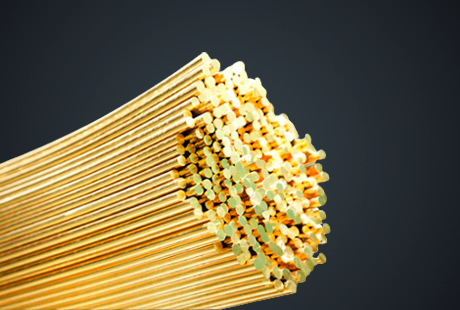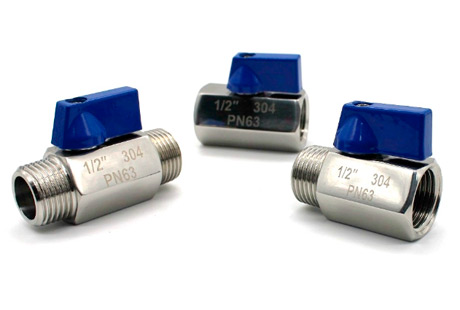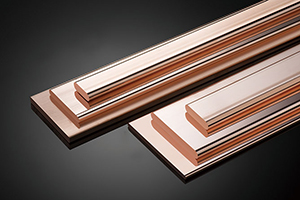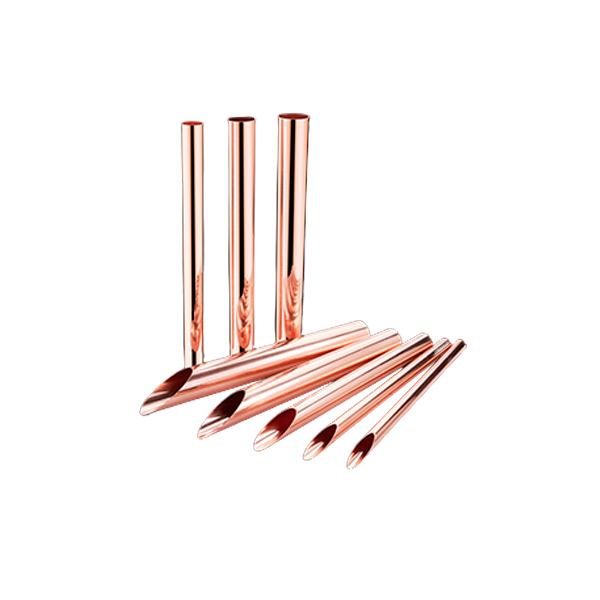When it comes to designing and manufacturing electrical inductors and transformers, one crucial component that plays a significant role in their performance is the level wound coil. This blog post will discuss the importance of level wound coils in these devices and shed light on their functionality and benefits.
What is a Level Wound Coil?
A level wound coil refers to a type of coil arrangement where the wire is wound in a continuous and uniform manner, with each coil layer closely adjoining the previous one. This precise winding technique ensures that each turn of the wire is in close proximity to the adjacent turns, resulting in a more efficient and compact coil. Compared to other coil types, such as honeycomb or random wound coils, level wound coils offer several advantages.
Efficiency and Performance Enhancements
The level winding technique used in the level wound coil allows for better current distribution across the entire coil. This uniform distribution reduces the occurrence of hotspots and minimizes the risk of overheating. Moreover, the close proximity between adjacent turns in a level wound coil contributes to a reduction in parasitic capacitances and inductances, resulting in improved electrical performance. Consequently, electrical inductors and transformers equipped with level wound coils tend to operate more efficiently and provide superior performance characteristics.
Reduced Size and Weight
Level wound coils offer a compact design that allows for a higher coil density, enabling the production of smaller and lighter inductors and transformers compared to other coil arrangements. This size reduction is particularly advantageous in applications where space is limited or weight restrictions are imposed. By using level wound coils, manufacturers can create more compact and portable electrical devices, without compromising on performance or reliability.
Enhanced Coil Stability and Durability
The level winding technique employed in level wound coils ensures that each turn of wire is tightly packed, resulting in improved coil stability. This stability is crucial for maintaining the structural integrity of the coil, especially in applications where the device may experience vibration, shock, or other external stresses. Additionally, the close adjacency of turns in a level wound coil helps to prevent wire movement and potential short circuits. As a result, level wound coils exhibit enhanced durability and are less prone to damage or failure, extending the lifespan of the electrical inductors and transformers.
In conclusion, level wound coils are an essential component in the design and manufacturing of electrical inductors and transformers. Their uniform winding technique offers numerous advantages, including improved efficiency, reduced size and weight, enhanced stability, and increased durability. When considering or designing electrical devices that require optimal performance and reliability, it is crucial to prioritize the use of level wound coils. With their ability to enhance overall performance and minimize potential issues, level wound coils play a significant role in the advancement of electrical technology and the reliability of various applications.

 English
English 日本語
日本語 한국어
한국어 français
français Deutsch
Deutsch Español
Español italiano
italiano العربية
العربية tiếng việt
tiếng việt Türkçe
Türkçe ไทย
ไทย 中文
中文





